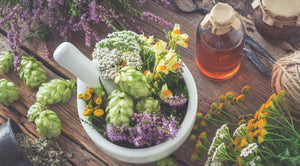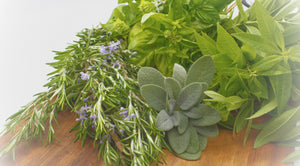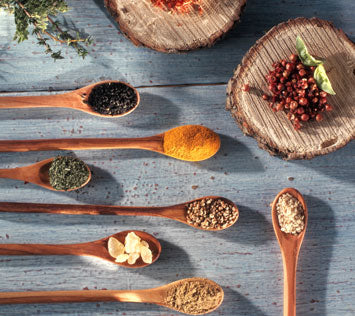Bergamot, Monarda punctata, also known as Scarlet Monarda or Bee Balm, is a lovely plant that is strongly scented with a wonderfully pleasant smell; the common name, 'Bergamot', refers to its scent which is reminiscent of the aroma of a Bergamot Orange. Bergamot plant prefers a moist, light soil and morning sun is the best as it will encourage longer flowering than those planted in full sun. It makes a handsome container plant. It will do well in your garden bed, and will quickly establish. The dark pink, red and purple flowers smell pleasantly of oranges. They are a nice addition to the flower border and attract bees. The showy, scarlet flowers in large heads or whorls at the top of the stem are supported by leafy bracts, the leaflets of which are of a pale-green colour tinged with red. Its square, grooved and hard stems rise about 2 feet high, and the leaves which it bears in pairs are rather rough on both surfaces. Once established, mulch plants when they first emerge in the spring. Mulch is especially important in the hottest days of the summer.
Bergamot is an American herb and was used widely by Native Americans; it was introduced to the early colonists by the Oswego Indians, and Oswego tea was made by colonists during the time of the Boston Tea Party. Bergamot's young leaves can be used sparingly in salads, fruit dishes and fruit drinks. A delicious tea can be made with only 5 or 6 large, fresh leaves steeped in boiling water. Use the leaves and flowers to add color and scent to potpourri or use the gorgeous flowers in arrangements.
It is a very ornamental plant and readily propagated by its creeping roots and by slips or cuttings, which, if planted in a shady corner in May, will take root in the same manner as the other Mints.
A word of warning: due to the bergaptene found in bergamot essential oil, it may be phototoxic and should be used in dilutions of less than 1%. People should not expose their skin to sunlight directly after applying any dilutions containing this essential oil.






